For over a decade, Guangzhou Design Week has never ceased its dialogue and exchange between Chinese design and world-leading design philosophies. The International Design Dialogue (IDD) has established an annual operational framework centered around four core content pillars—Dialoguing with Masters, Discovering New Voices, Selecting Masterpieces, and Leading Strategy/Origin—supported by four major activity systems: Leading Release, Leading Think Feast, Leading Ceremony, and Leading Magic Camp, alongside a annual Host City program. This comprehensive system is dedicated to fostering dialogue, exchange, and development between world-leading design and Chinese design.
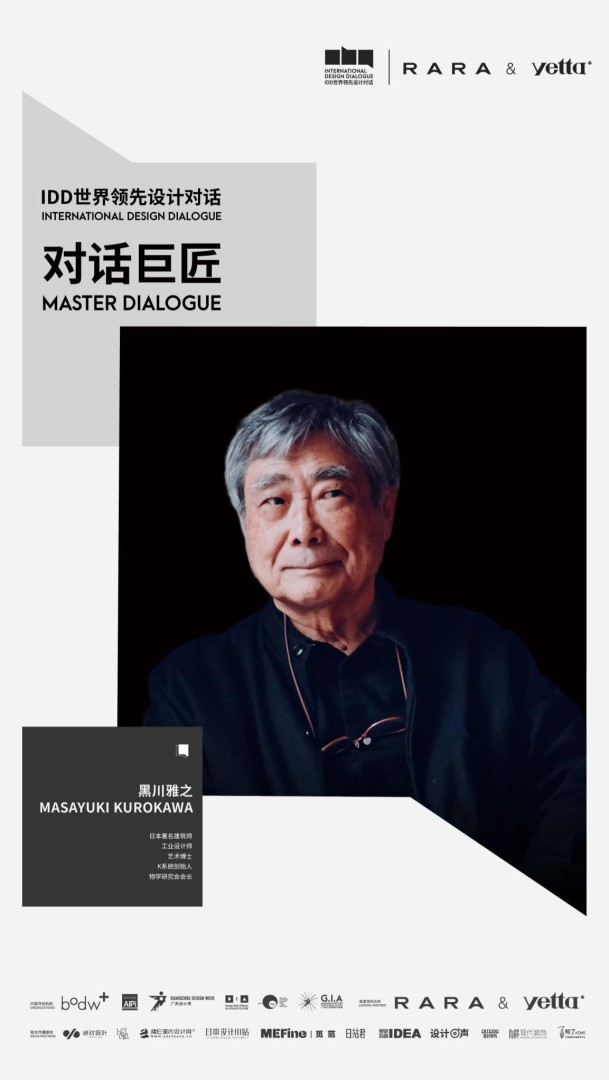
Dialoguing With Masters To Follow The Leading
IDD will identify and honor "IDD Design Masters of the Year" by nominating leading figures or institutions from around the world who have made significant achievements, practices, and contemplations in the field of design. This process involves collaboration with leading Chinese and international design institutions, organizations, and media. Throughout the year, IDD engages these Masters through interviews, speech forums, and other formats to delve into their thoughts. These interactions are curated into specialized interview features and other content, which are subsequently disseminated and showcased through leading communication platforms and channels both in China and abroad. The ultimate goal is to gather and share leading global design philosophies, hoping to inspire the renewal and development of the design industry in China and beyond.
This time, we visit the Japanese architectural design office of Masayuki Kurokawa and engage in a dialogue with Mr. Masayuki Kurokawa, a master of Japanese architectural design and aesthetics, a pioneer in integrating Eastern philosophy with modern design, and a founding figure in Japanese architecture and industrial design. Together, we explore the creative thinking that transcends architecture, industrial design, and aesthetics.
Dialoguing With Masters To Follow The Leading
Masayuki KUROKAWA
Renowned Japanese Architect
Industrial Designer
01
Q&A Masayuki KUROKAWA
Q1
Mr. KUROKAWA, as a master of Eastern aesthetics in the design world, you have successfully offered the world a freshperspective on design through your "Eight Aesthetic Principles." May I ask how, in your daily creative process, you ensurethat these principles remain uninfluenced by mainstream Western design while authentically conveying the essence ofAsian culture?
A1
I have always listened to the voice within me when designing. What lies deep in my heart is Oriental aesthetics, specifically the Japanese aesthetic consciousness. At the same time, I believe this is essentially about listening to the voice of the "philosophy of life" and the "aesthetic consciousness of life" that inherently exists within each of us.
The aesthetic consciousness of the East is, in essence, an "aesthetic consciousness inherent to life itself," which everyone is born with. However, in Europe, the dominant influence of Christianity led to the gradual loss of this consciousness, transforming it into an "aesthetic consciousness of God." Precisely because of this, the mainstream aesthetic consciousness in the modern world has become so Christianized. In Asia, thanks to the immense natural barrier formed by the Qinghai-Tibet Plateau and the continuous mountain ranges, Christian thought failed to exert a massive influence on East Asia, thereby allowing this "aesthetic consciousness of life" to be preserved.
The voice deep within me is precisely this "aesthetic consciousness of life." I think it is through my long practice in design that I have gradually become able to hear this voice clearly. Humans, like wild animals and livestock, are originally part of nature. It is from the point of view that "humans are nature itself" that we can begin to hear that "voice of life".
Q2
Mr. KUROKAWA, your works-whether it be the classic cast-iron kettes or rubber products-consistently evoke a senseof warmth and vitality, as though they grow and evolve with time. In all your creations, you place great emphasis onimbuing your works with a "'sense of life". Could you share how, from the initial conceptual stage, you instill in an objectthat deeply moving soul?
A2
Actually, I don’t know whether my works truly touch people’s hearts. As I mentioned before, I simply design by listening to the voice of my inner "aesthetic sense of life." If my works can indeed be filled with a warm vitality, I would be deeply gratified.
However, we must also recognize that life or the sense of life is not solely composed of joy. Life encompasses both birth and death; it includes things that are heartwarming, beautiful, and moving, while also being accompanied by the harsh and sorrowful reality of death. Consider the ecosystem, for example. Humans, as one of the living beings, are part of the ecosystem, and within this system, the fact of "survival of the fittest" exists among organisms. Living beings become food for others while also feeding on other organisms. All living creatures have factored this fate into their existence when they reproduce. A sea turtle lays hundreds of eggs, most of which are eaten by other animals, and it is through this process that life continues. What makes life so moving is not merely the existence of "life" itself but precisely because "death" is inextricably linked to it.
Q3
Your works consistently inspire awe. We are especially curious: when you observe the Chinese design market, what qualities do you find most compelling? Among the many project invitations you receive from China, what kind of brief instantly ignites your creative passion?
A3
From urban architecture, furniture, and various products to all things in the world, everything can become an object of my design. All things are integral components of this world, and my interests are broad, spanning across all these domains. If a project is challenging, I enjoy the process of engaging with it; if the work is lighthearted, I take pleasure in playing within it with ease. It is through design that I engage in a dialogue with my life. Therefore, I am never selective about the objects of my design.
Precisely because there are only 24 hours in a day, and the time available for work always feels insufficient, every minute and every second is exceptionally precious to me. To spend these moments meaningfully is the attitude I uphold. If, through this, I can feel the joy of life, it is the greatest happiness.
About Masayuki KUROKAWA
Japanese national treasure and cross-disciplinary design master, the 88-year-old Masayuki Kurokawa, still possesses the energy of a Formula 1 driver and continues to inspire the design world with his prolific creativity.
“To spare no effort in experiencing life through one’s physical being, to seek out beauty in everyday existence” — this sentiment perfectly encapsulates KUROKAWA’s six-decade-long design career. As one of the most profound philosophical thinkers in modern Japanese design, he has pioneered an Eastern design path distinct from Western modernism, articulating a unique Asian design aesthetic through the lens of “wind, earth, light, and shadow.”
The Flow of Ki
Born in 1937 in Nagoya into a family of architects, KUROKAWA’s childhood was overshadowed by the Pacific War. During air raids, his family relocated to the countryside, an experience that forged a deep connection with nature. “Running through the fields, observing insects and plant growth — I learned to perceive the world through my skin.”
This skin-based perception later became central to his design philosophy. He once explained in an interview: “Easterners, particularly the Japanese, possess highly developed sensory perception through the skin. We can feel the life energy within wood — this is the flow of ‘Ki’.”
After graduating from the Department of Architecture at Nagoya Institute of Technology in 1961, he pursued advanced studies at Waseda University, earning a doctorate in architectural engineering in 1967. That same year, he established Masayuki KUROKAWA Architects & Associates, embarking on a cross-disciplinary career spanning architecture, product design, and furniture.
His older brother, Kisho KUROKAWA, was a renowned Metabolist architect, but Masayuki chose a distinct path. He focused on the relationship between objects and people on a micro scale, maintaining a consistent aesthetic philosophy from a spoon to a building. This holistic perspective distinguished him in the Japanese design world.
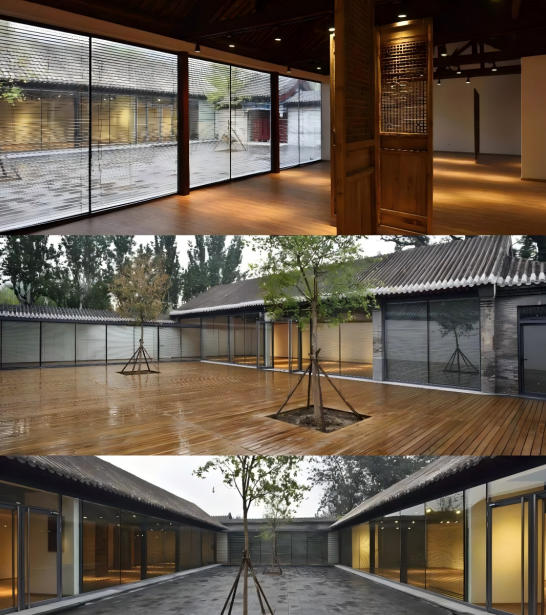
Eight Aesthetic Principles: A Systematic Framework for Eastern Aesthetics
KUROKAWA’s most remarkable contribution lies in systematizing and theorizing Eastern aesthetics. In his seminal work, The Eight Aesthetic Principles of Japan, he proposed eight core concepts — Minute Detail, Harmony, Ki, Ma, Mystery, Simplicity, Naturalness, and Disruption — establishing an evaluation system for Asian design independent of Western paradigms.
“Minute Detail” focuses on the relationship between detail and the whole;“Harmony” emphasizes the balance between the individual and the collective;“Ki” refers to the flow of intangible energy;“Ma” represents the pauses and rhythm in time and space;“Mystery” preserves unspoken imaginative space;“Simplicity” returns to an unadorned essence;“Naturalness” follows natural laws;“Disruption” breaks established order.
These principles are deeply practical. In his GOM rubber series, soft materials subvert the coldness of industrial products, embodying the living flow of “Ki.” The IRONY cast-iron kettle, crafted using traditional sand mold casting, conveys raw vitality through its granular texture, practicing the aesthetic of “Simplicity.” The Firefly standing table creates subtle light and shadow effects through paper and wood structures, perfectly interpreting the aesthetics of “Ma” and “Mystery.”
His architectural works similarly embody these principles. These memorable masterpieces translate Eastern philosophy into tangible forms, offering an alternative modernity. The Chiba Seaside Park Open-Air Theater harmoniously integrates with the terrain and openness, reflecting “Harmony.” The Tower of Wind and Light simulates natural rhythms through changing light and shadow, materializing “Ma” and “Ki.”
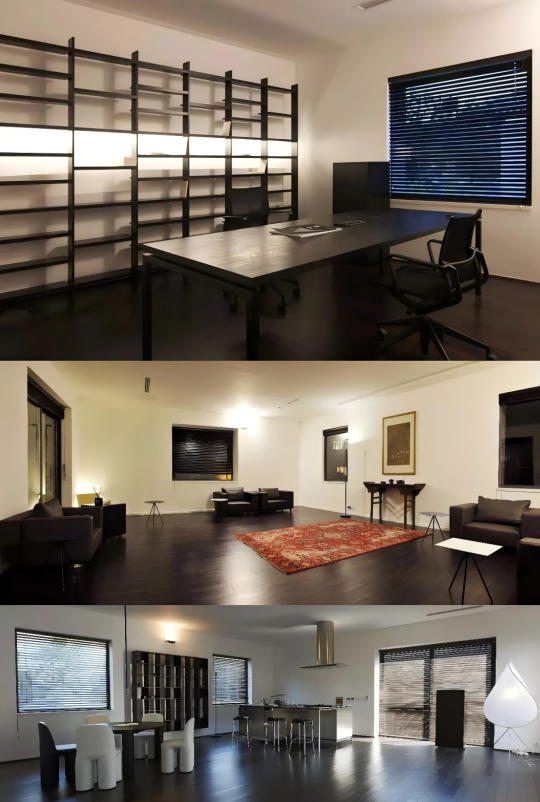
From the Mono-ha Research Group to a Revolutionary in Design Education
Masayuki Kurokawa is not only a practitioner but also a communicator of ideas. He founded the "BUTSUGAKU RESEARCH INSTITUTE" to promote design education and theoretical research, and has published over 20 works, including Design and Death and Wild Impulse, constructing a complete design philosophy system.
He remains critical of contemporary design education: “Young designers focus too much on surface form and neglect technical foundations. A designer must hold art in one hand and technology in the other.” He advocates returning to traditional craftsmanship, emphasizing the importance of handmade processes for understanding material essence. To him, only by physically touching materials and sensing their properties and limits can one truly grasp the nature of design. This practice-oriented educational philosophy has influenced many design institutions.
In China’s design community, KUROKAWA is regarded as an enlightening figure of Japanese aesthetics. His advice to Chinese designers is insightful: “Avoid replicating the commercial models of the U.S. and Japan. Learn from Europe’s tradition of integrating architecture, products, and utensils into a holistic design approach. The key to developing the creative industry lies in talent cultivation, not hardware facilities.”
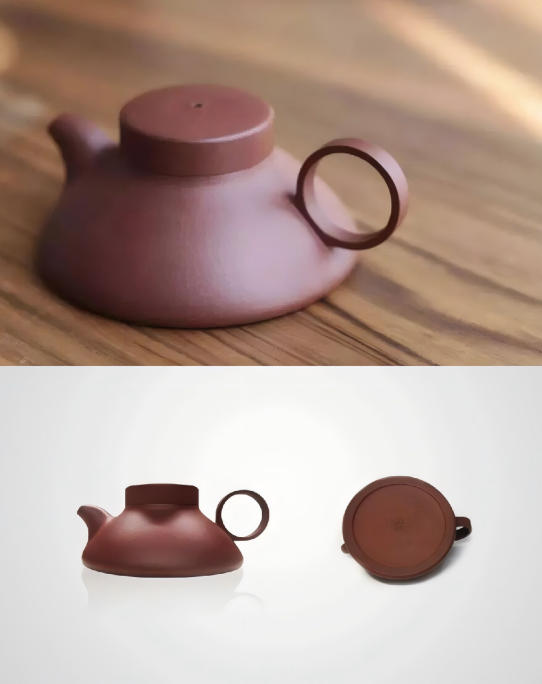
To Live Is to Work Incessantly; Design Is the Study of Life
KUROKAWA’s international stature is confirmed by numerous accolades: 27 German iF Design Gold Awards, 31 Japanese Good Design Gold Awards, and the 1996 national German “Design Innovation Award.” His works are permanently housed in world-renowned institutions such as the New York MoMA, the Metropolitan Museum of Art, and the Denver Art Museum.
Yet, to him, awards are merely byproducts. At 88, he still works daily, stating, “To live is to work incessantly; work is the driving force of my life.” His 2023 “Anti-Furniture Series” introduces the concept of “open installations,” breaking the boundaries of traditional furniture and demonstrating his continued pioneering exploration.
His cross-disciplinary learning ability is astounding. He draws rhythm from rock music, understands human anatomy through dissection, and even finds inspiration from the fabrics of the Chinese clothing brand “Dan Nong.” “Maintain curiosity about the unknown,” he says. “Design is the study of life, and life always offers new lessons.”
KUROKAWA’s iconic EN bronze tableware series perfectly embodies his design philosophy. Geometric shapes highlight the sepia patterns of Takaoka bronze craftsmanship, offering a warm and profound tactile experience. Over time, the pieces develop a unique patina through use, becoming witnesses to the user’s life journey.
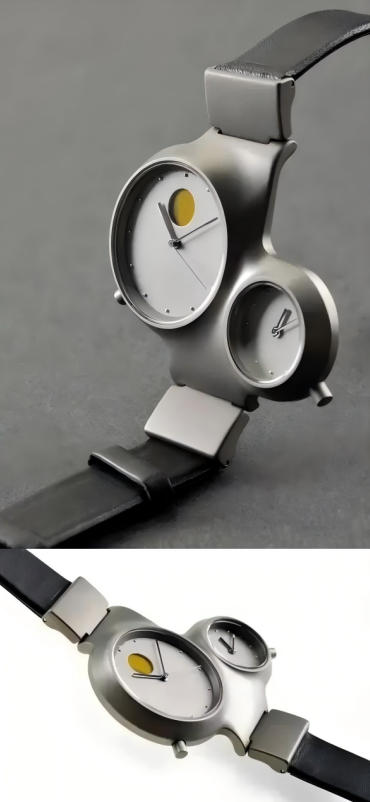
“Objects should age gracefully, even die gracefully,” KUROKAWA reflects. “An old rattan chair carrying family memories makes one wish to sit on it and pass away peacefully — that is the ultimate meaning of design.” This meditation on the lifecycle of design transcends conventional product design concepts, elevating it to the level of philosophy and contemplation of life.
Today, Masayuki KUROKAWA continues to ponder the relationship between objects and life in his Tokyo studio. As light shifts outside the window, illuminating cast-iron teapots, rubber furniture, and bronze vessels, each piece seems to breathe. He believes: beauty is not an added value but a resonance generated when life meets life.
His design philosophy transcends borders, particularly resonating in China, offering Asia a design path distinct from Western modernism. This path leads to a reconnection with nature, tradition, and one’s essence. Through a lifetime of practice, he reminds us: design is not merely about creating objects but about crafting beautiful moments where life encounters life.
Media Contact
Company Name: GUANGZ ZHOU DESIGN WEEK
Contact Person: ORRERO CHAN
Email: Send Email
Country: China
Website: https://www.gzdesignweek.com/






